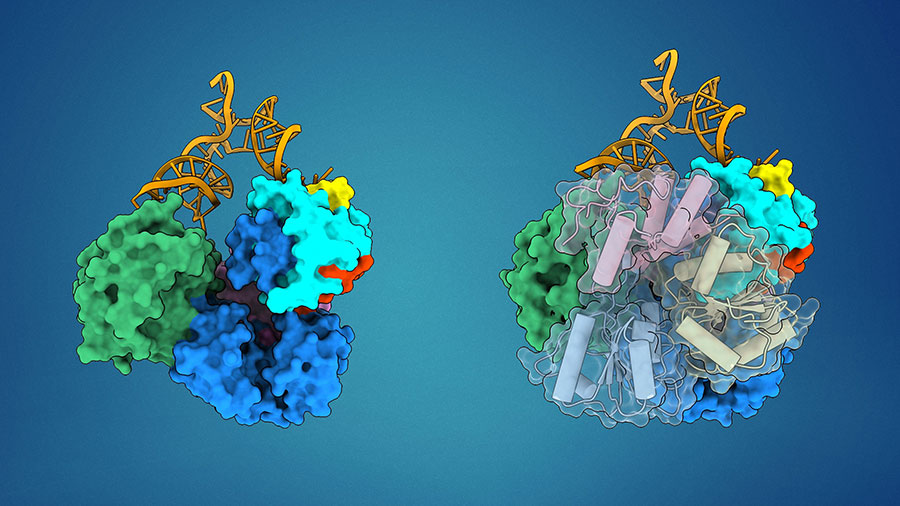
Research Highlights
Rhythms behind zigzag hair growth, capturing atomic picture of dengue virus replication, parasitic worms manipulate the host mantis, organ preservation and human hibernation, and more.
Research highlights articles and press releases between May 2023 to November 2023. Read these and other articles on the BDR website.
BDR Times
BDRTimes.riken.jp is RIKEN BDR’s online news site for people who are interested in science. It features recent progress in BDR’s research, interviews of BDR researchers, and overview of outreach events.
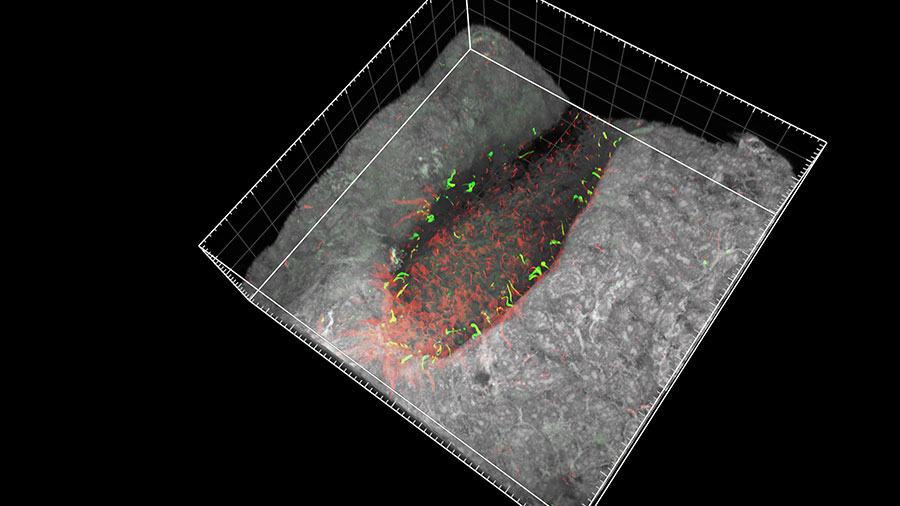
Research Highlights
Research highlights articles and press releases between November 2022 to April 2023
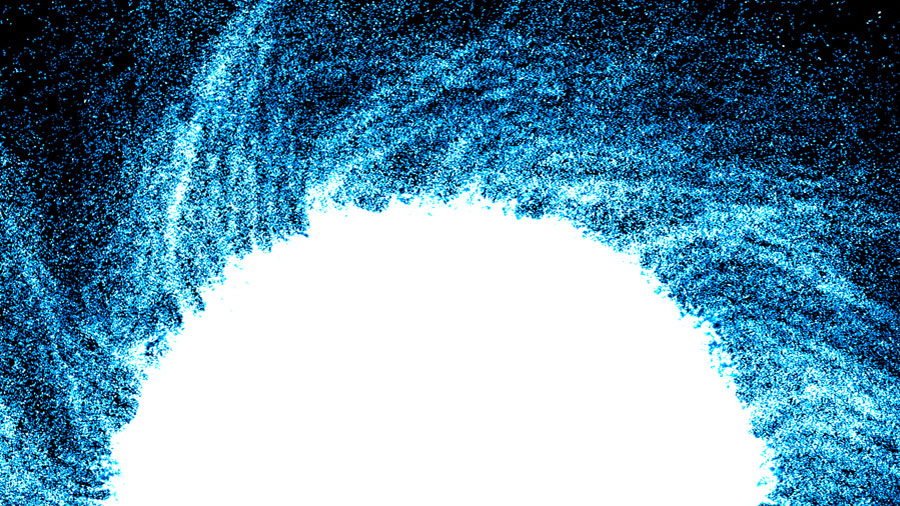
Vol.12 – Winter 2023
A blue sun?
This is an aggregate of neural stem cells and the outflow of these cells from the aggregate. At high densities, neural stem cells align their elongated shapes and radially crawl out of the aggregate. Their weak clockwise cell motility becomes accentuated at the collective migration level, resulting in the appearance of a spiral formation that is visible to the naked eye.
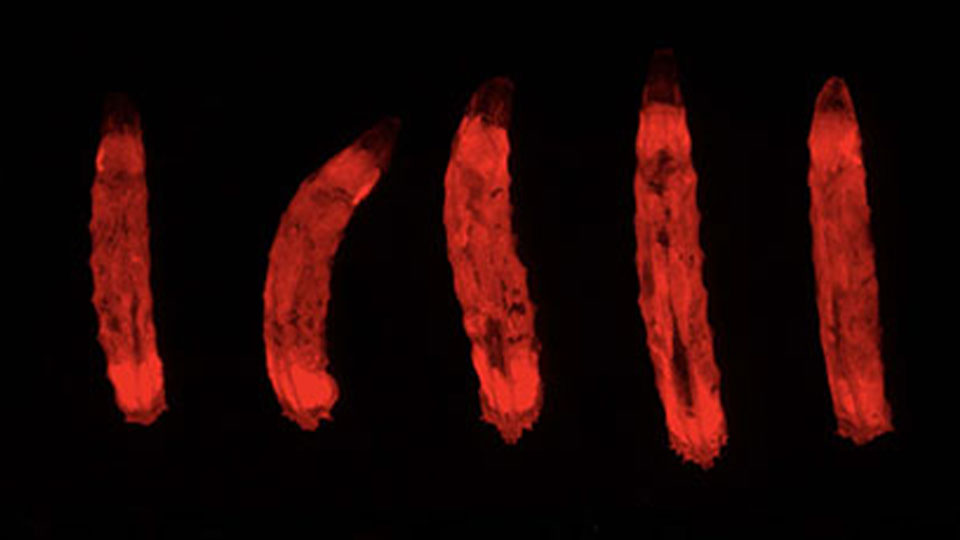
Research Highlights
How to regulate protein intake, cells that sense mechanical forces, the possibility of regenerative medicine for the heart, and hormones make fathers.—Research highlights articles and press releases between July and October 2022.

Vol.11 – Summer 2022
A maze and a cave?
This is a heart of a newborn opossum (red). Opossums are marsupials, like kangaroos. Their hearts retain the ability to regenerate for at least two weeks after birth, which is the longest reported to date in mammals. The green cells are those currently proliferating.
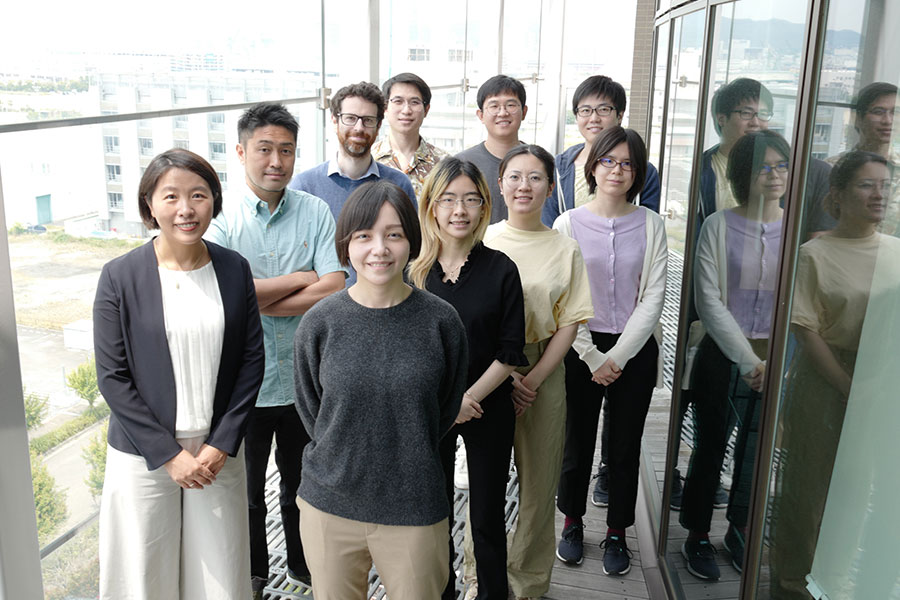
Laboratory for Neuroepitranscriptomics
The Laboratory for Neuroepitranscriptomics was launched in April 2021 and is headed by Team Leader Dan Ohtan Wang. Originally from China, Dr. Wang first came to Japan as a high school student on a short-term exchange program, and then later returned to attend the Tokyo Institute of Technology for her undergraduate and …
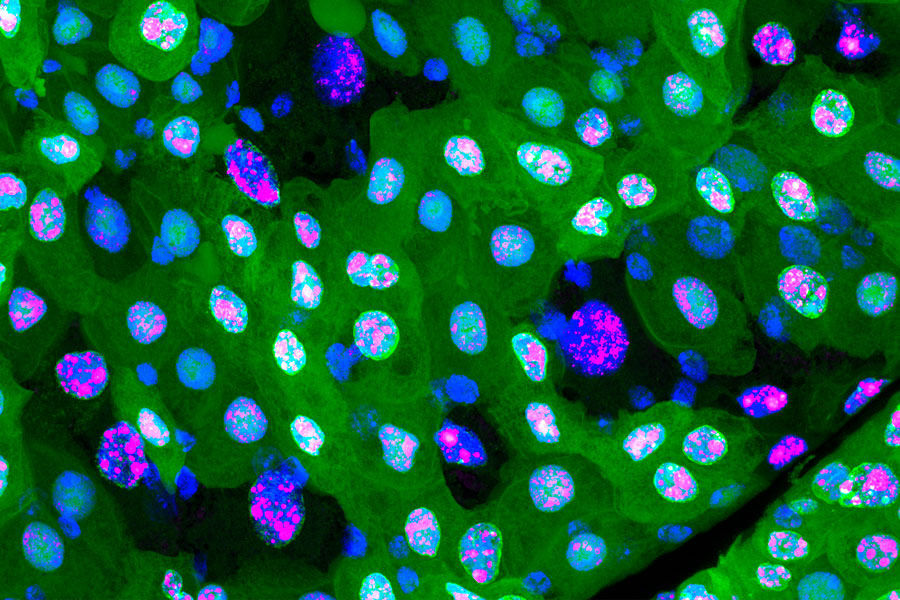
Research Highlights
Robotic AI, cell death in darkness, molecular pumps and receptors, microbiota and Palaeospondylus. Research highlights articles and press releases between March 2022 to June 2022
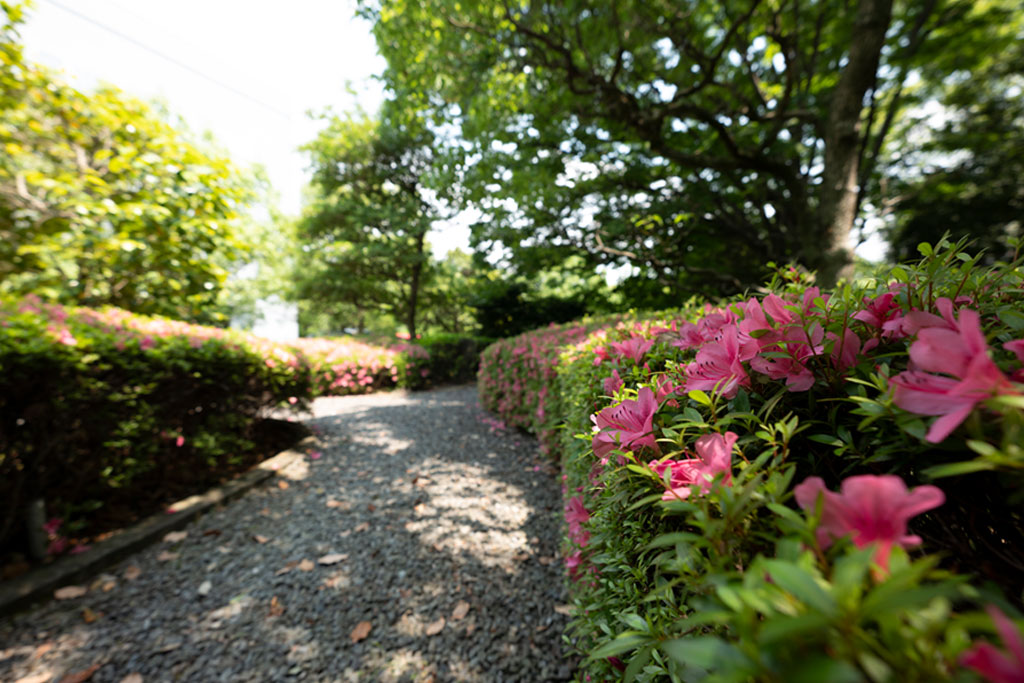
A path lined with azaleas
Osaka Campus
The Quantitative Biology Buildings consist of two buildings, A and B, between which there is a greenery-filled courtyard. The path winding through the courtyard is adorned with hedges of azaleas.

Research Highlights
Research highlights articles and press releases between November 2021 to February 2022.
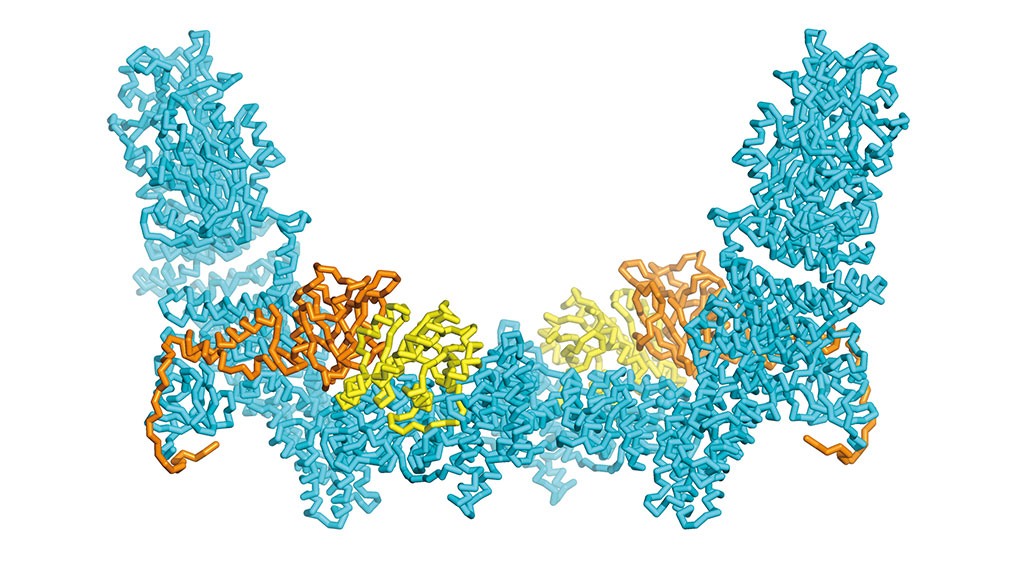
Vol. 09 – Winter 2022
Light blue hammock?
This is a graphic model of the three-dimensional structure of the DOCK-ELMO-Rac protein complex. DOCK (cyan) is involved in cell movement and maturation. The biological activities in the body are maintained by the binding and unbinding of proteins to other proteins.
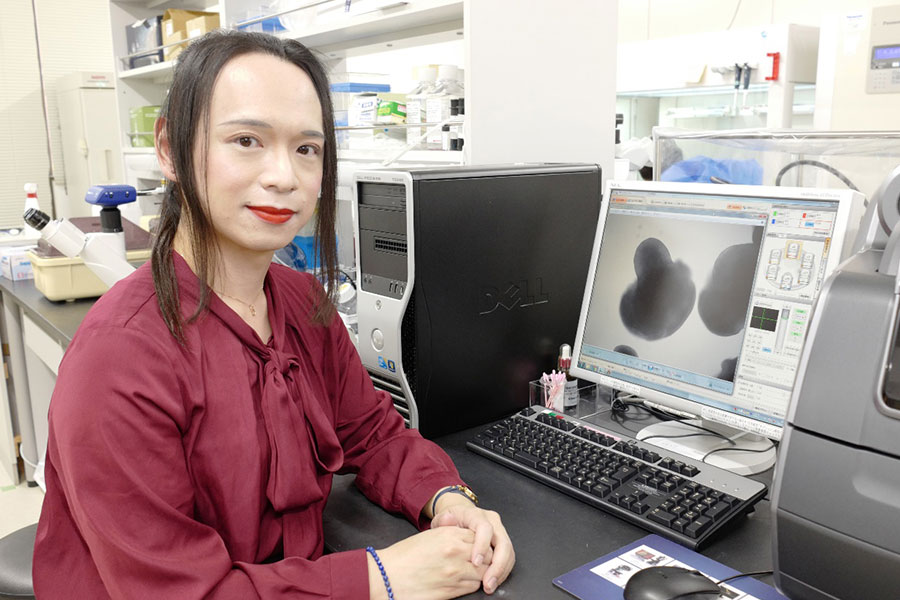
Neural Organogenesis Research Program, RIKEN BDR-Otsuka Pharmaceutical Collaboration Center
Launched in 2016, the RIKEN BDR-Otsuka Pharmaceutical Collaboration Center aspires to conceive novel and original results through collaborative research investigating disease mechanisms based on developmental, regenerative and systems biology approaches. In June 2020, the Neural Organogenesis Research Program headed by Hideya Sakaguchi was established to accelerate research specifically in areas of neurobiology and the understanding of neurodegenerative diseases.
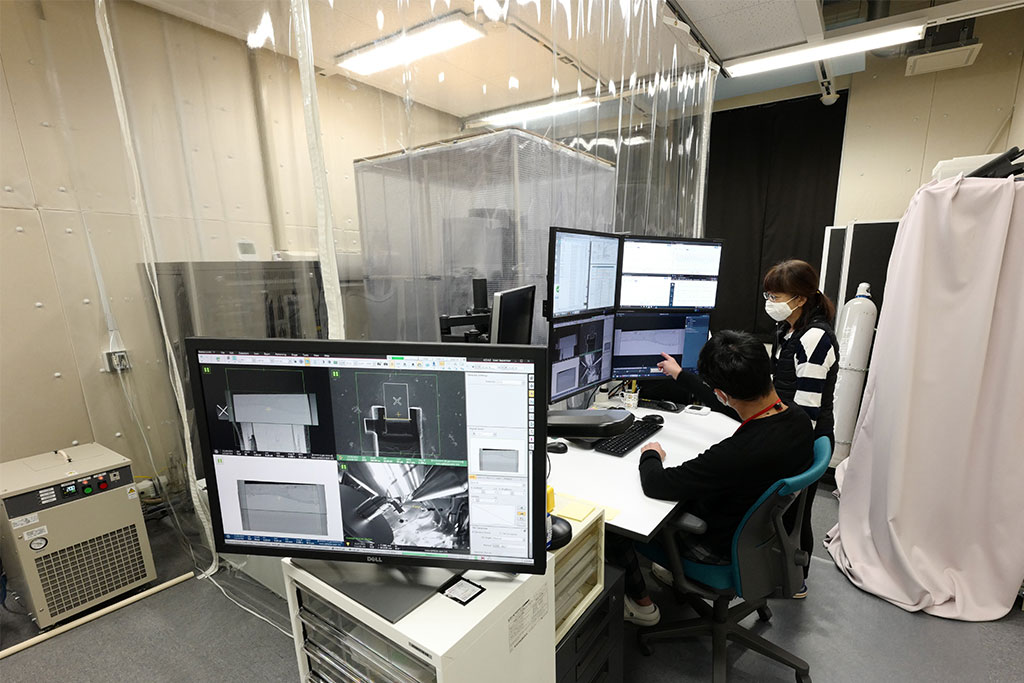
Focused Ion Beam Scanning Electron Microscope
RIKEN–Hiroshima University Collaboration Research Facility
The focused ion beam scanning electron microscope (FIB-SEM) is a system which combines focused ion beams for processing or milling the surface of a sample and a scanning electron microscope for observing the surface of a material.
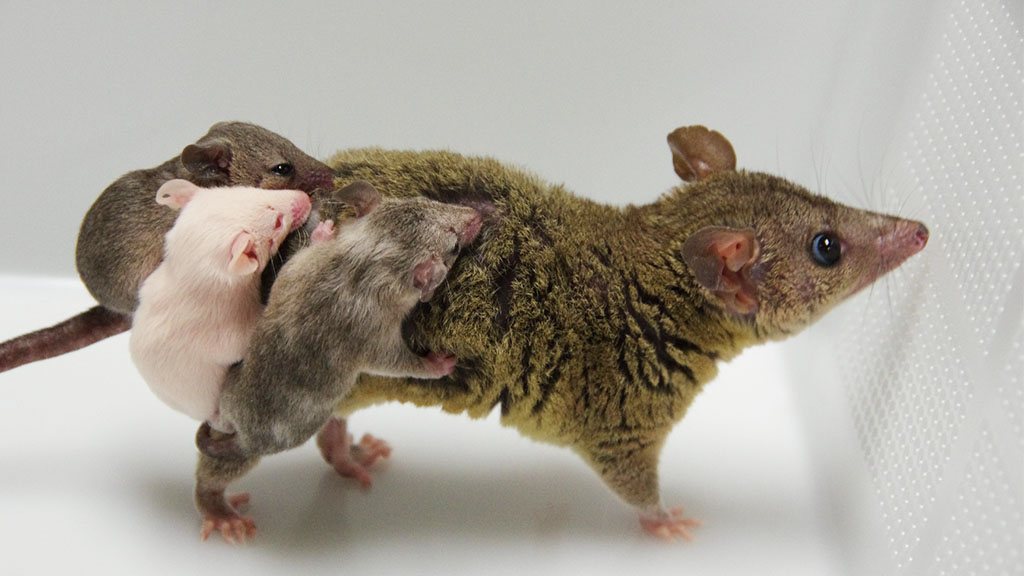
Research Highlights
Research highlights articles and press releases between July 2021 to October 2021.
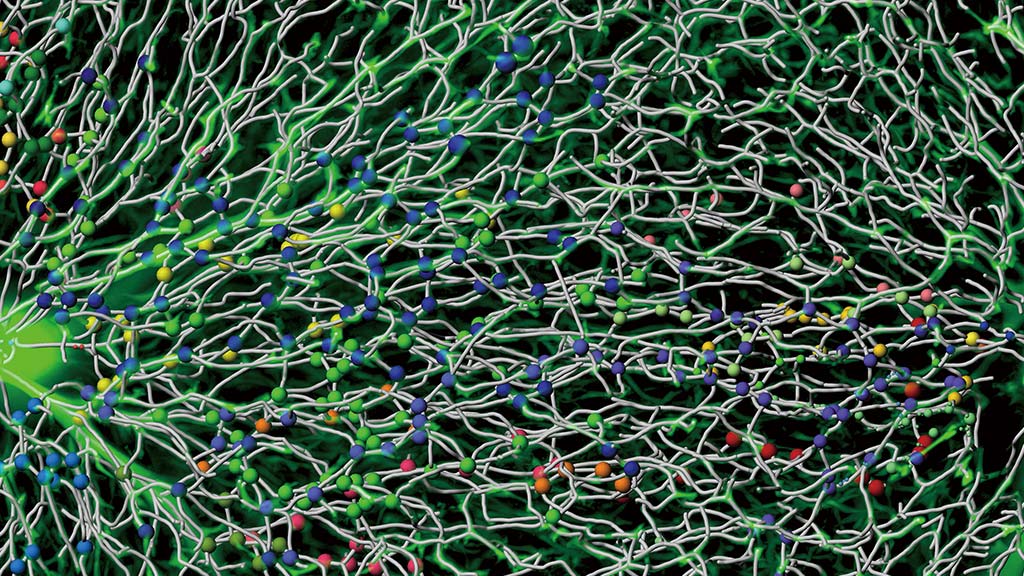
Vol. 08 – Autumn 2021
Tangled roots of a tree?
This is a capillary network in the liver called sinusoids. The liver has a high regenerative capacity. It has been shown that when the liver is damaged, there is an increase in blood flow rate and …
Download PDF(1.0MB)
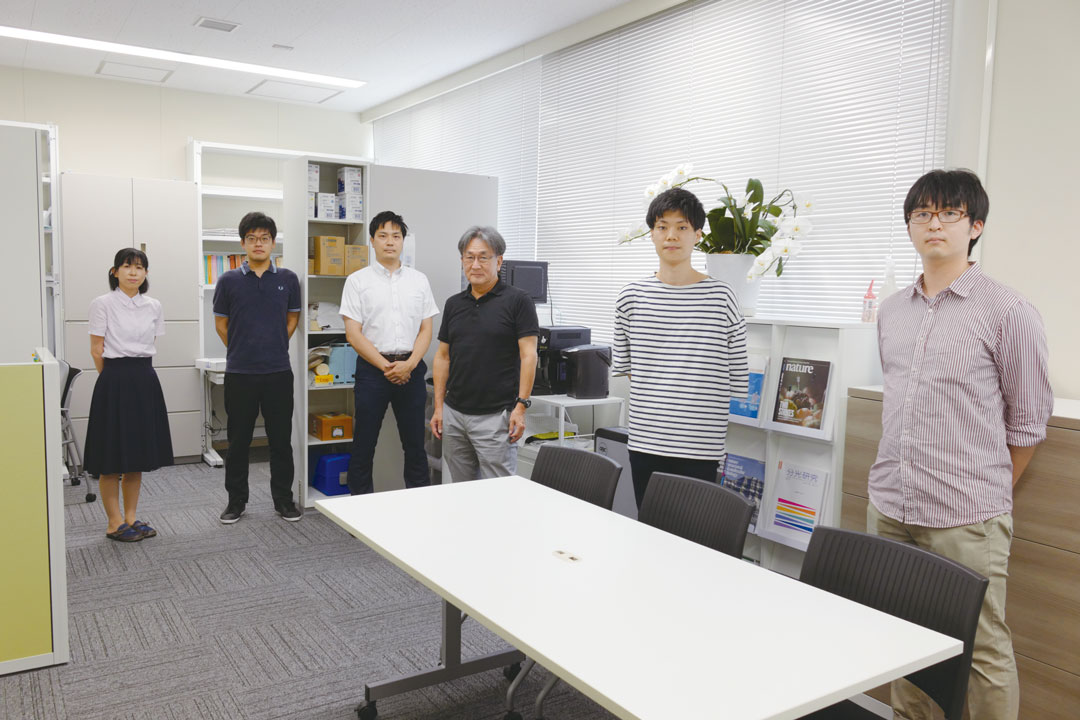
Laboratory for Dynamic Structure of Biomolecules
In April 2020, the Laboratory for Dynamic Structure of Biomolecules, led by Team Leader Ichio Shimada, that is undertaking structural biology research using nuclear magnetic resonance (NMR) was launched at the Yokohama Campus.
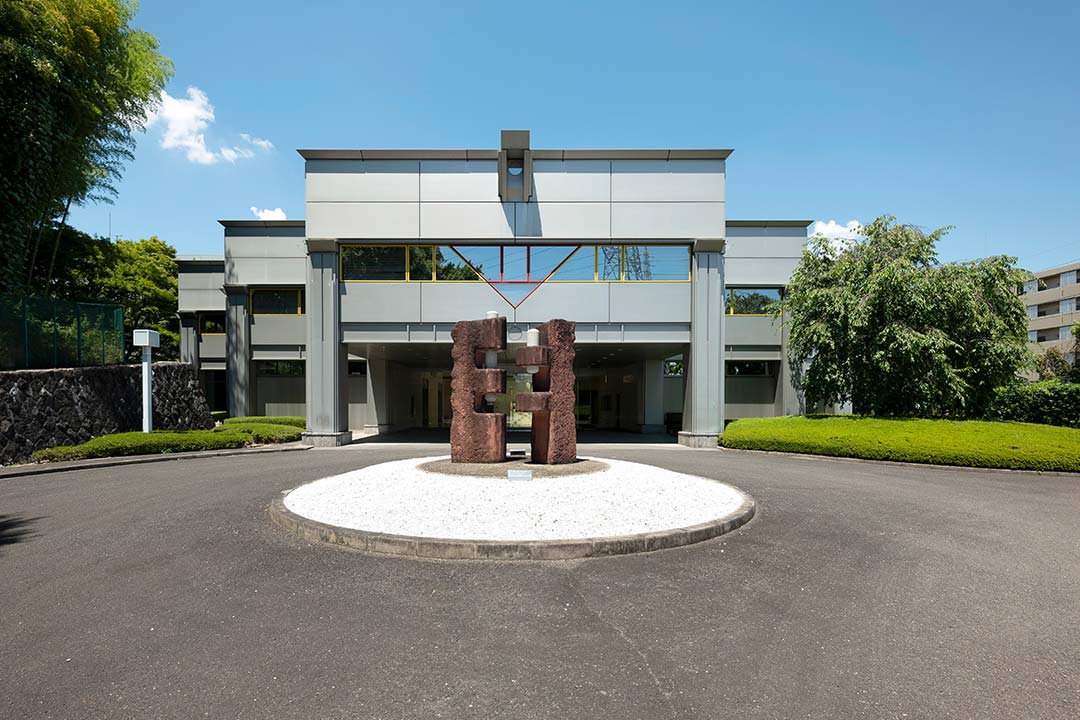
Quantitative Biology Building
Osaka Campus
The building was designed by the late Kenzo Tange (1913-2005), one of Japan’s leading architects, and was completed in 1987. The monument in front is a work by sculptor Yasuo Mizui, titled “GATE OF HOPE”.
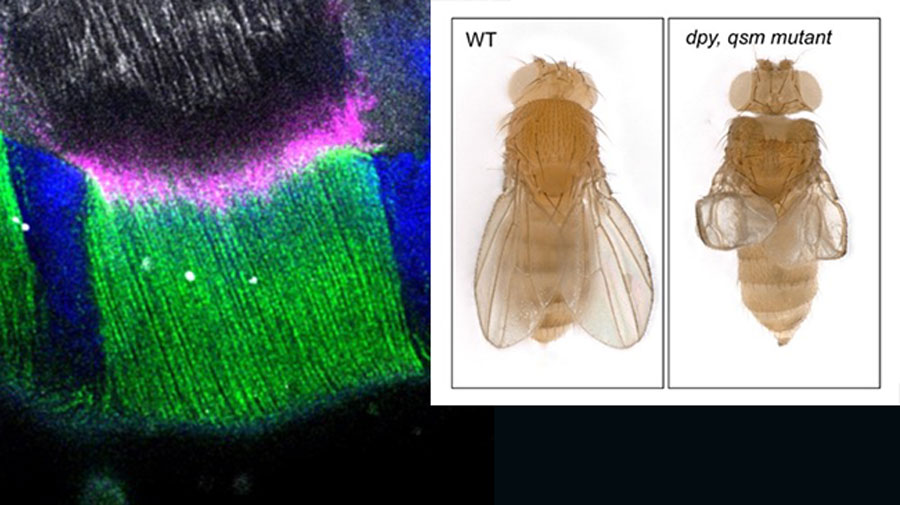
Research Highlights
Research highlights articles and press releases between March 2021 to June 2021.
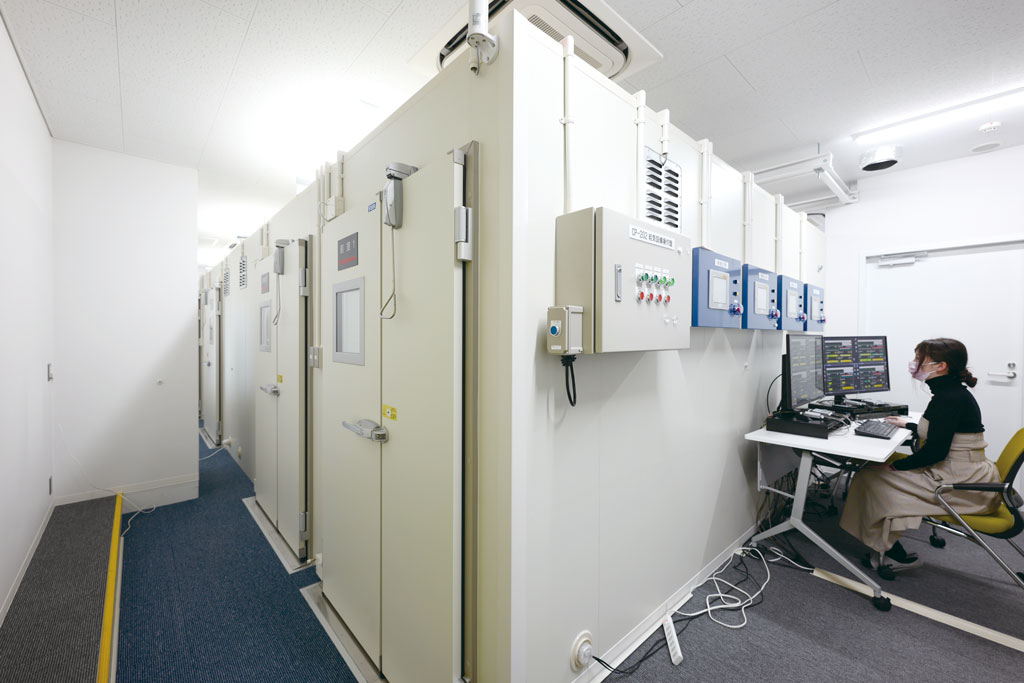
Constant Temperature and Humidity Room
RIKEN BDR-DAIKIN Collaboration Center in Kobe
A laboratory with four interconnected test rooms, where room temperature and humidity can be strictly controlled. The laboratory can be set to simulate not only an ordinary air-conditioned office room but also environmental temperature …
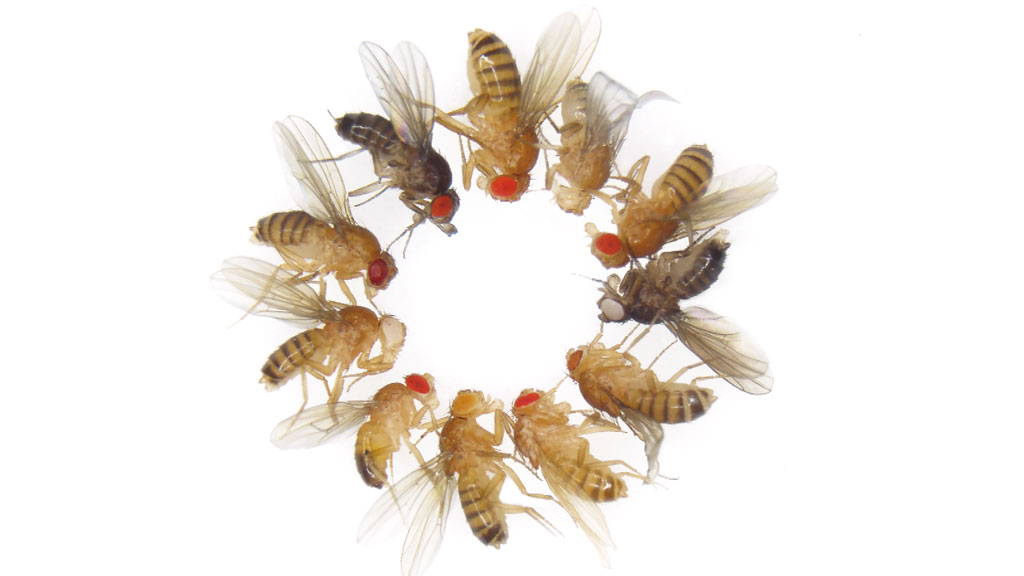
Vol. 07 – Spring 2021
Different fly species?
These are in fact all the same fruit fly species Drosophila melanogaster.
Their different appearances are due to one or multiple genetic mutations, which lead to black bodies, white eyes, etc. There is one wild-type (normal) fly and mutant flies with 20 different phenotypes. Can you identify them all?
Download PDF(536KB)
Read the online version
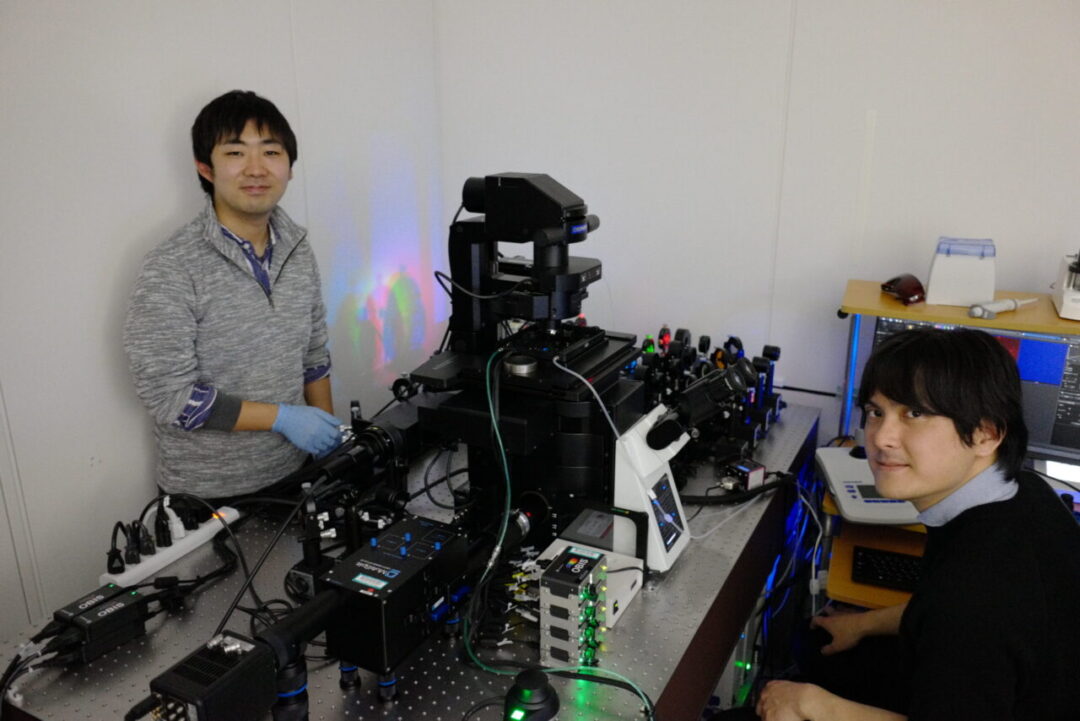
Nonequilibrium Physics of Living Matter RIKEN Hakubi Research Team
The RIKEN Hakubi Fellows program offers outstanding and talented early-career scientists the opportunity to lead an independent team to pursue creative and ambitious research with the potential for high scientific and societal impact. This time, we introduce a team led by Hakubi Team leader Kyogo Kawaguchi…
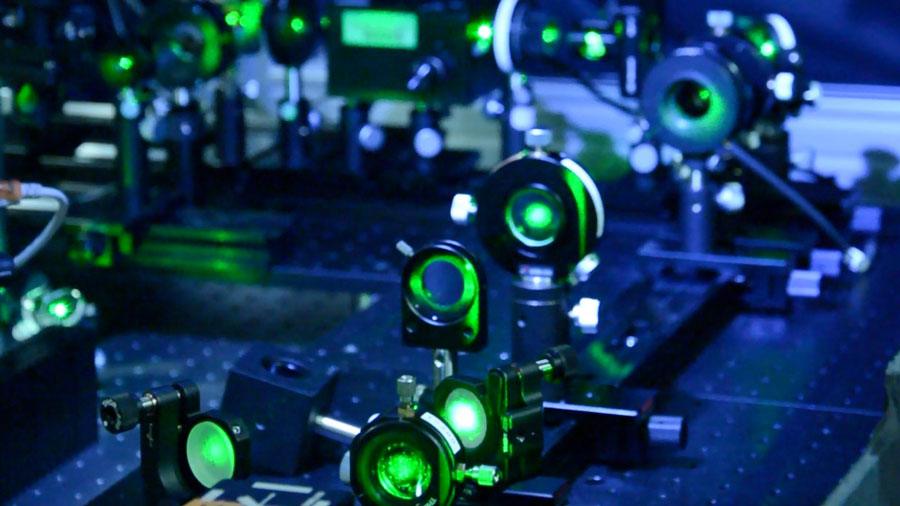
Research Highlights
Research highlights articles and press releases between December 2020 to February 2021.
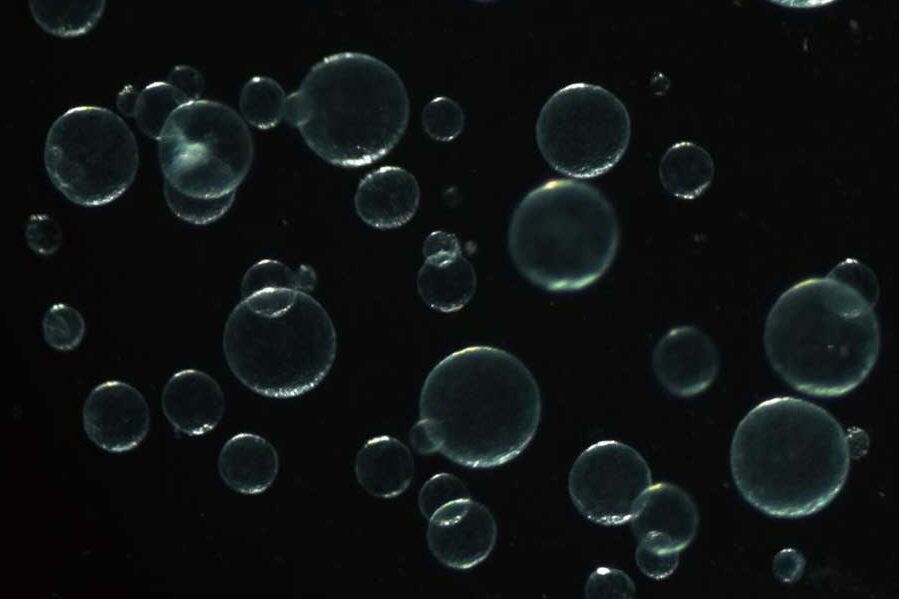
Vol.06 – Winter 2021
Floating bubbles?
These are 3D alveolar (lung) organoids or mini-organs generated from culturing mouse alveolar stem cells in a culture dish. The organoids can produce different types of alveolar cells.
Download PDF (0.9MB)
Read the online version

Nanofabrication Equipment to Make Ultrafine Fluidic Devices
BioSystems Building, Osaka University
Instrument that emits electron beams on photosensitive material for nanoimprinting. A semiconductor processing technique used for LSI manufacturing is adapted for biological research.
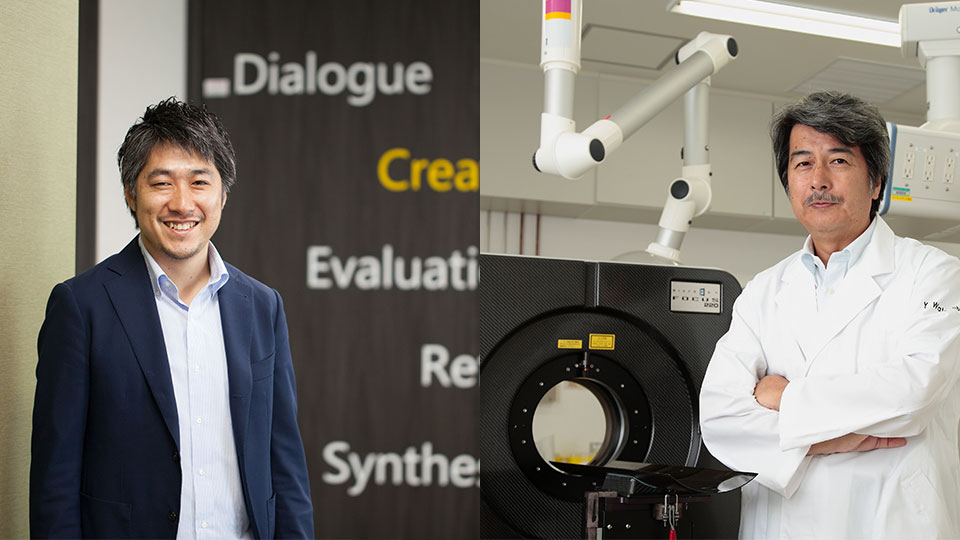
RIKEN BDR-DAIKIN Collaboration Center
At the RIKEN BDR-DAIKIN Collaboration Center, one of two collaboration centers established at BDR with a partnering company, BDR scientists researching human fatigue and Daikin Industries, Ltd., a global manufacturer of air conditioning systems, have teamed up to share and exchange their respective knowledge and technologies…